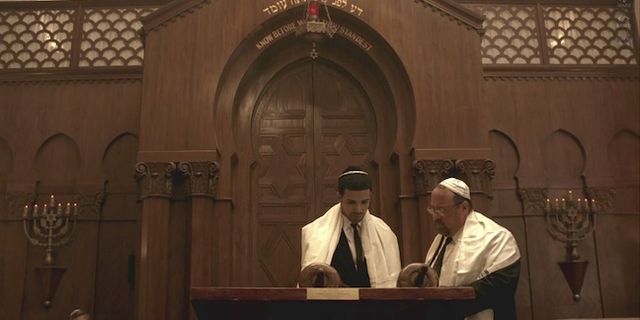Sometimes in life, one may undergo an identity crisis of sorts, feeling the need to redesign one’s image to the world and get a makeover. The United Synagogue of Conservative Judaism is taking “makeover” to a whole new level by hiring a PR firm to redesign the image of Conservative Judaism to the world. Recognizing the need for change, the Conservative movement held a conference called “Shaping the Middle,” with hundreds of participants to seek ideas on how to reshape the image of Conservative Judaism.
From an outsider’s perspective, it is hard to keep up with all the various forms through which Judaism is practiced today. The three largest streams of Judaism are Orthodox, Conservative and Reform. There are Orthodox Jews who adhere to the interpretation and application of the laws and ethics of the Torah as written in the Torah and Talmud, while on the other end of the spectrum are Reform Jews who stress less on ritual and personal observance, regarding Jewish laws as non-binding. Those two ways of practicing Judaism are often seen as polar opposites. In the middle are Jews who value tradition while adjusting their Jewish traditions to the modern world — Conservative Jews.
Conservative Judaism is usually seen as the middle ground between Orthodox and Reform. The movement emerged in the United States during the late 1800s when a group of rabbis, led by Solomon Schechter, grew disturbed by the amount of reform being brought to Judaism in America. Their frustration hit its peak when non-kosher food was served at the graduation banquet of the first Hebrew Union College class. These more traditional rabbis founded USCJ and “conservative” synagogues, thus creating this third major branch of Judaism. Conservative Judaism was founded in order to keep the traditions of Judaism while allowing adhesion to modernism.
The feeling of urgency to rebrand the image of Conservative Judaism came from the uncertainty of what the essence of Conservative Judaism is. Its congregants have assimilated heavily into the other denominations of Judaism, mainly Reform. According to the Jewish Telegraphic Agency, the number of Conservative Jews has shrunk by one-third over the last 25 years. Rabbi Steven Wernick, the head of USCJ’s organizational arm, explained that “rebranding is about understanding the experience people have with your product or service, and we know there is a level of uncertainty about precisely where the ‘brand’ of Conservative Judaism sits in our members’ lives.” This new makeover is meant to attract new members and encourage the young generation to come back to Conservative Judaism in order to keep the movement alive.
As of late, Intermarriage has become the most pressing issue for Conservative Jews. Many Jews who marry outside of the faith are no longer considered to be Conservative Jews. This is a great contributor the number of Conservative Jews has dropped, and why many have left the congregation. According to JTA, four out of 10 Conservative Jews are marrying outside of the faith, and the rabbis of the Conservative movement want to reach out to them.
The restrictions in Conservative Judaism prevent the movement from changing its ways to adhere to the needs of many Jews, which is why many of these members have left the congregation. For example, Conservative rabbis are restricted from officiating interfaith marriage, which puts them at a disadvantage when congregants seek a rabbi to wed them. These Conservative Jews who intermarry are left with no choice but to search elsewhere for a congregation, likely Reform, which would accept their union. This further explains why the number of Reform Jews is increasing, as the movement encourages its rabbis to perform interfaith marriages. The sudden realization for change and consideration of removing the ban of intermarriage in Conservative Judaism is causing quite the stir: at what point should the Conservative movement draw the line between letting go of tradition and the need for change?
Rabbi David Wolpe, a prominent rabbi in Los Angeles, has criticized the new slogan of the movement — “Tradition and change” — as contradictory. “’Tradition and change’ is actually not a slogan; it is a paradox,” Rabbi Wolpe said. “It says: We stand for two exactly opposite things. We are the oxymoronic movement.” Rabbi Wolpe himself attempted to change the name of the movement to Covenantal Judaism a couple of years ago to rebrand the image of Conservative Judaism. (He dislikes the name Conservative Judaism, believing that it hinders the movement by misleading people to think it was associated with a political ideology.)
My one concern is that changing Conservative Judaism to better adhere to societal norms will change the essence of Conservative Judaism as a whole. Will Conservative Judaism be unrecognizable by the end of this makeover? The movement realizes that the world is quickly changing and recognizes the urgency to change with it in order to avoid losing its adherents. However, is letting go of tradition the right thing to advertise in order to attract new members?


I wonder what criteria they used to hire this PR firm..